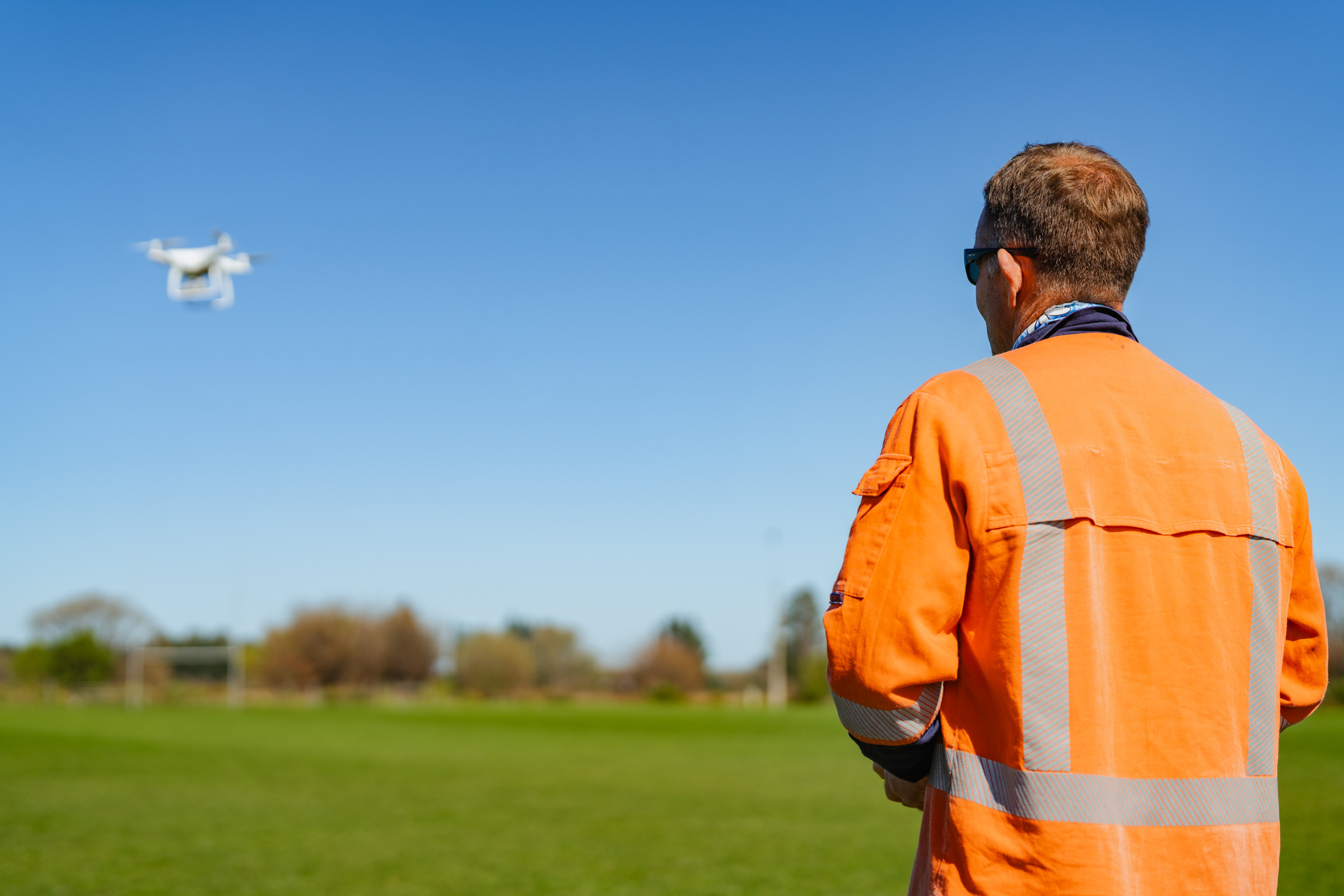MainPower deploy drones for asset inspections
MainPower is currently testing drone technology for visual inspections of power lines and infrastructure. This innovative approach promises increased safety, efficiency, and minimises disruption for customers.
Under the guidance of Christchurch based lines company, Orion, Network Field Operators from MainPower have been trained to use the specialist equipment to assist with fault finding and asset inspections.
Drones can only be flown within ‘line of sight’ of the operator, capturing film and video footage of power lines and poles.
Drone operators will be operating under Civil Aviation Authority’s Part 101 which dictates the rules for flying unmanned aircrafts in New Zealand. Our current protocol for traditional asset inspections still applies to the use of drones. Network Field Operators will continue to gain permission from landowners before flying over their property. Following an inspection, the landowner can ask to view any captured content.
Key benefits of our drone inspection program include:
Improved Safety: Drones enable remote inspections of power lines, poles, transformers, and other critical infrastructure, reducing the need for field workers to climb assets of use machinery to complete inspections.
Efficiency: Drone inspections are quicker than manual inspections. This leads to reduced time spent on customer properties, faster response to potential issues, and improved reliability for our customers.
Improved diagnosis tools: As well as high-definition imagery and video, the drones record heat signatures from assets. This will enable MainPower to detect potential issues earlier and schedule necessary maintenance that could prevent power outages.
We are excited to embrace this technology and leverage the potential it holds for our network. By introducing drone inspections, we are continuing our commitment to providing safer, more efficient, and sustainable energy solutions to our customers.
The programme will be trailed in rural areas of the network before the end of the 2023. If successful, it will be rolled out widely in 2024.
